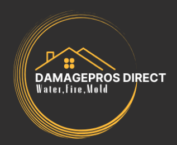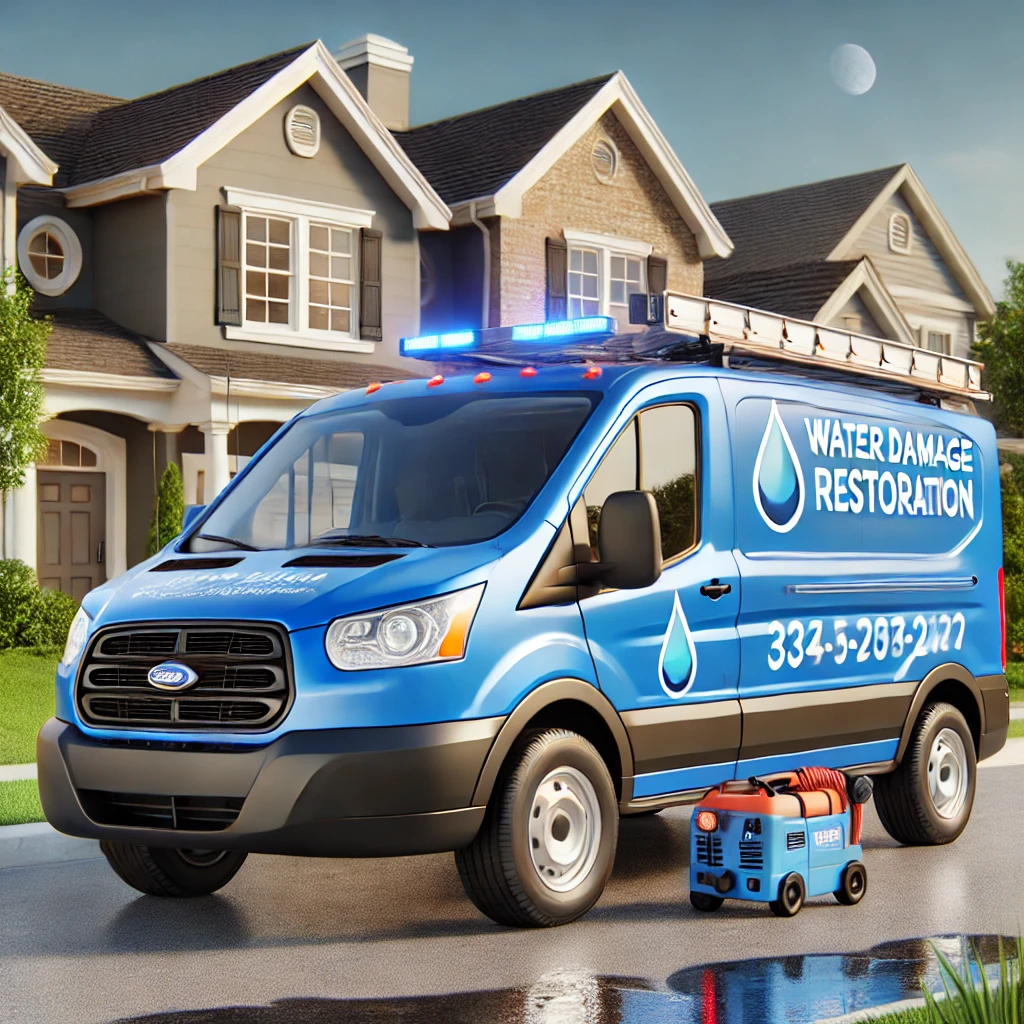With the onset of flood season in Charlotte, being prepared for potential water damage to your home is essential. Understanding effective cleanup and restoration steps can minimize flooding impact and protect your investment. This guide provides expert tips and practical advice to help you navigate water damage challenges and take the right actions to safeguard your property.
Understanding Charlotte’s Flood Season
Charlotte experiences its flood season primarily between late summer and early autumn, with heavy rainfall being common. This period often brings sudden and intense storms that can lead to flash flooding. Familiarizing yourself with these seasonal patterns will help you better prepare and protect your home.
Historical Flood Patterns in Charlotte
Charlotte has a rich history of heavy rain thunderstorms, particularly in the summer months. Understanding past flooding patterns provides valuable insights into what to expect during flood season, helping you take proactive steps to mitigate risk.
High-Risk Areas and Flood Zones
Identifying high-risk areas and flood zones is crucial for effective preparation. Areas near the Catawba River, Little Sugar Creek, and neighborhoods with low-lying topographies are particularly vulnerable during heavy rain events.
Check flood maps provided by local authorities or the Federal Emergency Management Agency (FEMA) to determine if your property is in a designated flood zone. Also consider nearby storm drains, retention ponds, and your neighborhood’s overall drainage when evaluating flood risk.
Preparing for Flood Season
Charlotte’s flood season can be unpredictable, making advance preparation vital. Understanding your risk level and taking proactive steps can help minimize damage and ensure the safety of your family and property.
Home Preparation Checklist
An effective flood preparedness plan starts with a comprehensive home preparation checklist:
- Identify vulnerable areas such as basements and crawl spaces
- Ensure gutters and downspouts are clear
- Consider waterproofing your basement
- Have sandbags available and know how to use them to divert water
- Check that your home’s drainage systems are functioning properly
Essential Emergency Supplies
Gather important emergency supplies before flooding occurs:
- Flashlight and extra batteries
- First-aid kit and essential medications
- Bottled water and non-perishable food
- Manual can opener
- Whistle to signal for help
- Blankets or sleeping bags
- Multi-tool and charged power bank for devices
Keep these items accessible and easy to grab during an emergency to stay organized and secure during unexpected flood events.
Immediate Actions After Flooding
When flooding occurs, quick action is essential:
- Ensure your safety by staying away from floodwaters
- Seek higher ground if necessary
- Check for structural damage before re-entering your home
- Turn off utilities to prevent further hazards
- If evacuation is needed, inform neighbors or authorities about your situation
Safety Protocols and Evacuation Guidelines
Charlotte has established safety protocols and evacuation guidelines for flood events:
- Monitor local news and weather alerts for updates
- Follow evacuation orders promptly if issued
- Choose safe routes away from flooded areas
- Carry your emergency kit with necessary supplies
- Never attempt to drive through flooded roads
Documenting Damage for Insurance Claims
Thorough documentation is crucial for insurance claims:
- Document all damages as soon as it’s safe using photographs and videos
- Create a detailed list of damaged items with their value
- Include receipts or proof of purchase when available
- Take notes on the timeline of events and conversations with insurance representatives
Comprehensive documentation strengthens your case for insurance claims and can lead to quicker resolution.
Water Damage Assessment
Conducting a thorough water damage assessment promptly after flooding is critical. This process helps identify the water source, evaluate damage extent, and determine affected items and areas. Careful assessment allows you to prioritize necessary actions and prevent further deterioration.
Categories of Water Damage
Water damage is categorized into three specific types:
- Clean Water: Originates from safe sources like broken pipes
- Gray Water: Contains contaminants from appliances like dishwashers
- Black Water: Highly contaminated, typically from sewage or flood waters
Understanding these categories helps determine the appropriate cleanup approach based on health risks and contamination levels.
Structural Impact Evaluation
Evaluating structural impact is vital for ensuring your home remains safe. Look for:
- Sagging ceilings
- Warped floors
- Water stains on walls
- Weakened foundations
- Corrosion of metal supports
- Potential mold growth in hidden spaces
You should also assess electrical systems and plumbing fixtures, as water exposure can create dangerous situations. For comprehensive evaluation, consider engaging a professional inspector from our experienced team to identify and address all risks properly.
Professional Cleanup Process
Enlisting professional cleanup services can save time and help avoid potential hazards. Experts come equipped with industry-grade tools and techniques, ensuring effective water removal and prevention of long-term damage. Their systematic approach guarantees thorough inspection, cleaning, and restoration of your home to its pre-flood condition.
Water Extraction Techniques
Effective water extraction is the first priority in professional cleanup. Specialists use powerful pumps and vacuums to quickly remove standing water, preventing additional damage to your property. This immediate action helps reduce health risks related to mold growth and structural concerns.
Drying and Dehumidification Methods
After water extraction, thorough drying and dehumidification are essential. Professionals employ high-velocity air movers and industrial dehumidifiers to eliminate lingering moisture from walls, floors, and furniture.
This phase is crucial for preventing mold growth and further material deterioration. Specialists monitor humidity levels and use moisture meters to ensure every area reaches optimal dryness, protecting your home and belongings from future water-related issues.
Preventing Mold and Secondary Damage
Quick action within 24-48 hours is critical to prevent mold growth and secondary damage after flooding. Keep indoor humidity levels low and be vigilant about inspecting hidden spaces like basements and attics, where mold can flourish in damp, unnoticed areas. Proactive measures safeguard your living environment from long-term mold exposure effects.
Mold Prevention Strategies
Implement these effective mold prevention strategies:
- Use dehumidifiers in damp areas
- Ensure good airflow in all rooms
- Inspect and repair leaks in roofs, plumbing, and walls
- Monitor moisture levels regularly
- Consider professional mold remediation services for comprehensive prevention
According to the Centers for Disease Control and Prevention, maintaining indoor humidity between 30-50% can significantly reduce mold growth potential.
Sanitization Protocols
Establishing robust sanitization protocols is necessary during cleanup:
- Clean all affected surfaces with appropriate disinfectants
- Pay special attention to walls, floors, and items that contacted floodwaters
- Consider specialized products designed to kill mold and mildew
- Allow areas to fully dry after cleaning
- Regularly check moisture levels to prevent recontamination
Following these sanitization protocols significantly reduces mold growth risk and helps safeguard your home environment.
Conclusion
Navigating Charlotte’s flood season requires proactive measures to minimize water damage. By understanding the importance of preparedness, having a detailed cleanup plan, and utilizing expert resources, you can effectively manage flooding situations. Stay informed, keep your home protected, and don’t hesitate to seek professional assistance for thorough recovery. Being well-prepared makes all the difference when facing flood season challenges.
Need Expert Water Damage Restoration?
Don’t wait—quick action is key to minimizing damage and reducing repair costs. Contact our team today for professional water damage restoration services. Get in Touch Now and let us help you restore your home!



